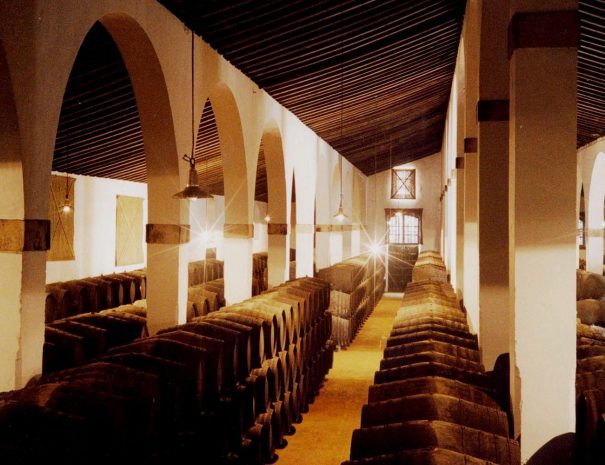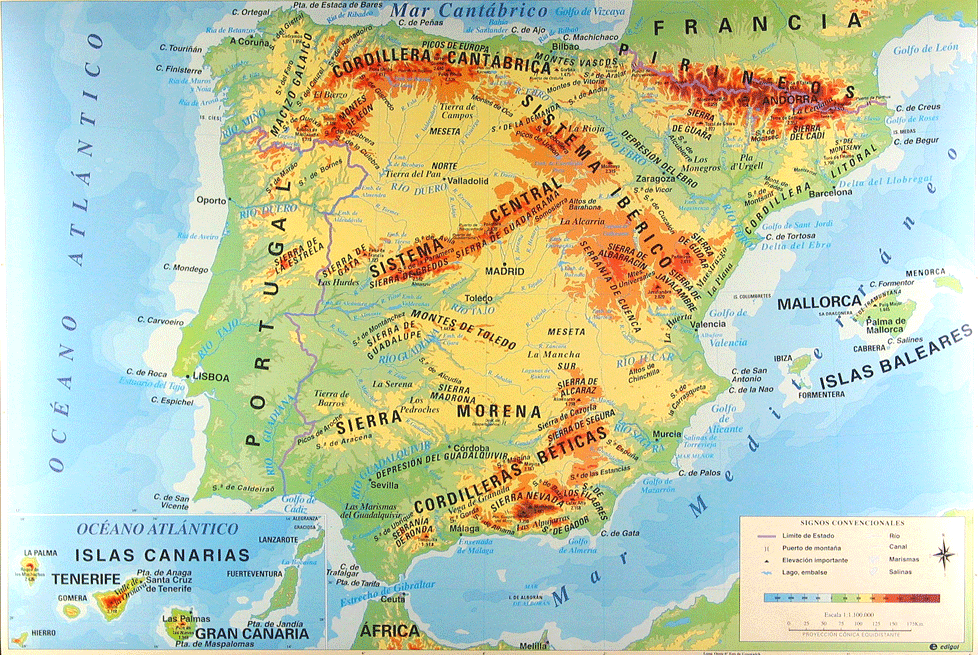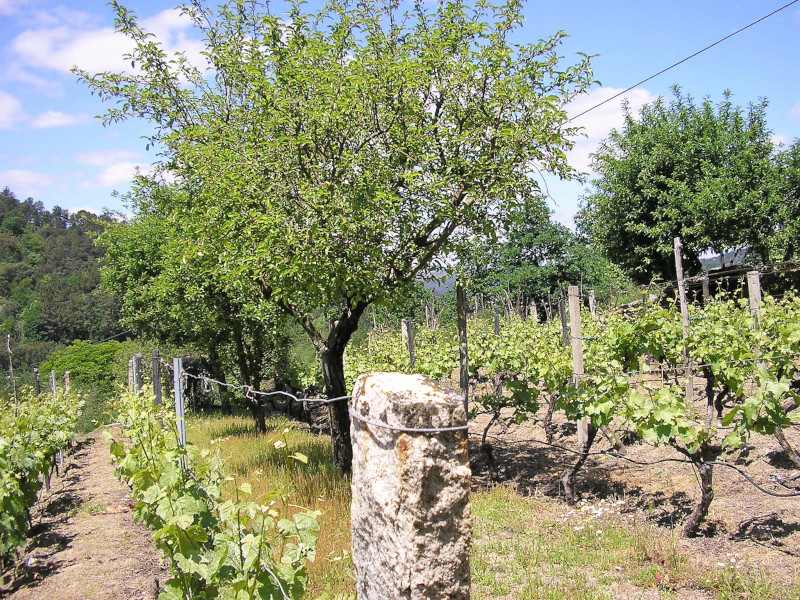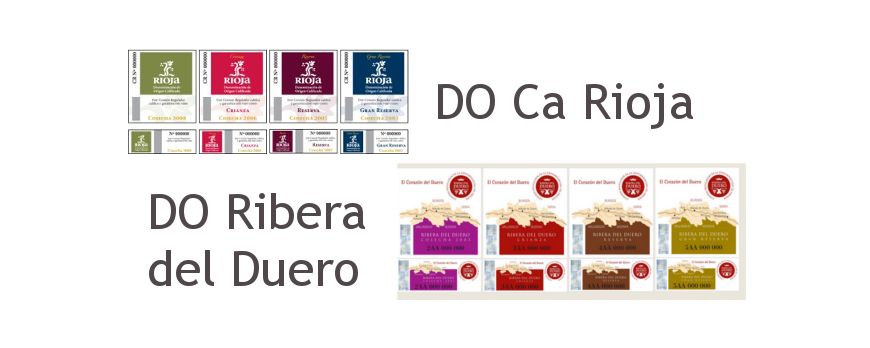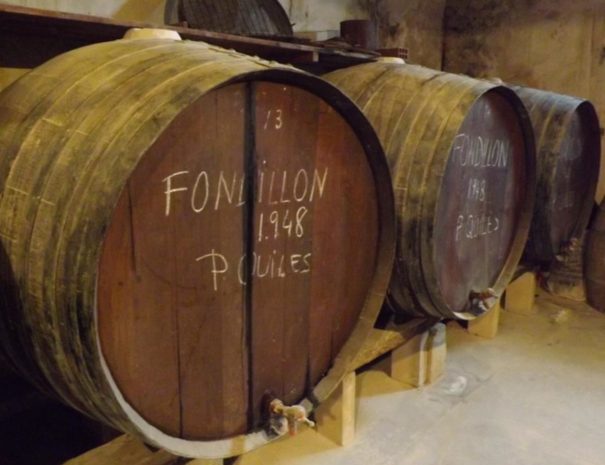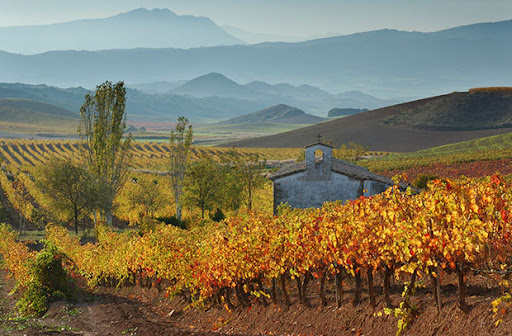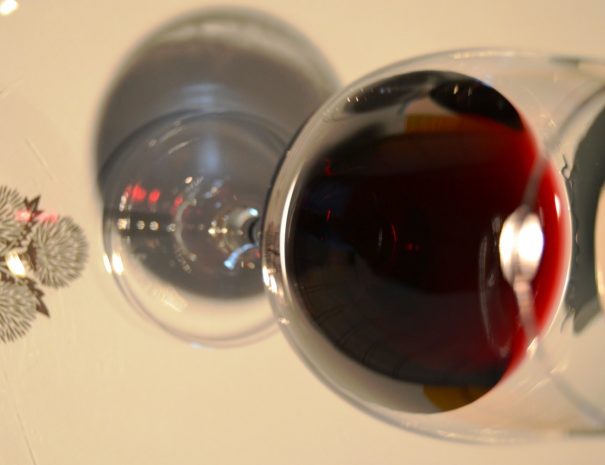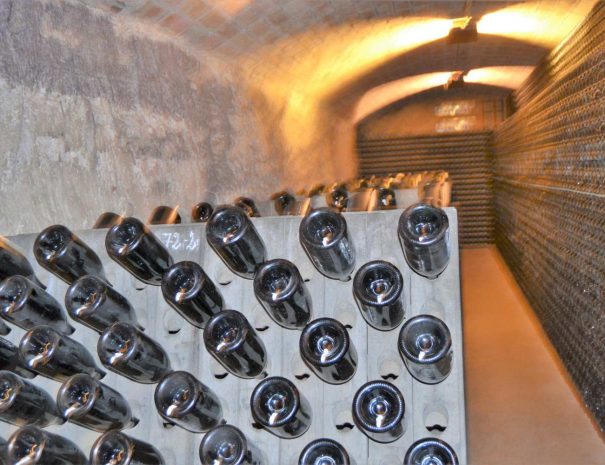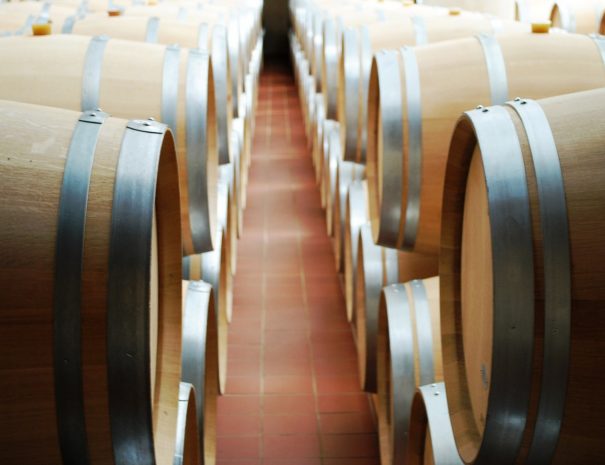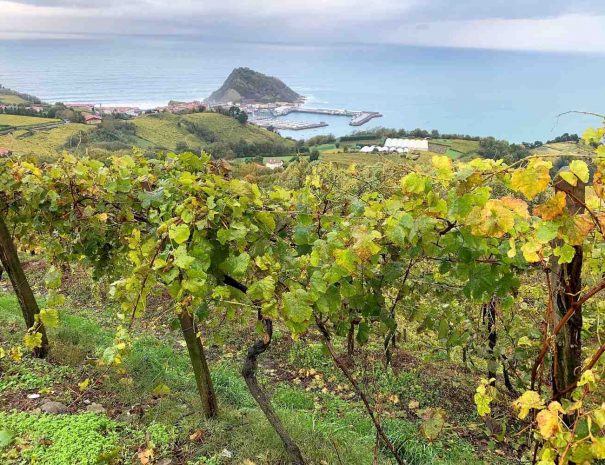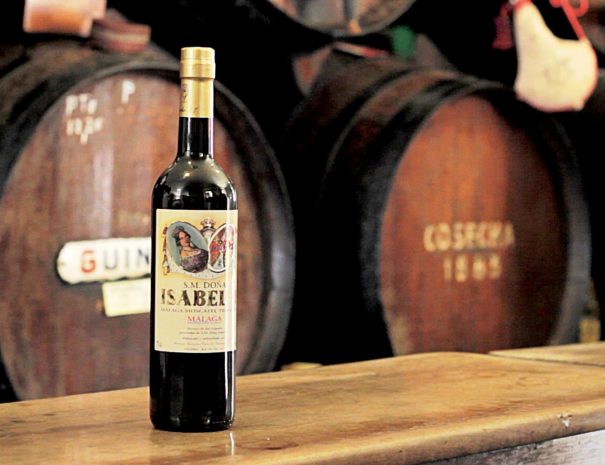Consumers of Spanish wine can make decisions based on the geographical origin of a wine, the year grapes were harvested, the name of the producer, and the brand of the wine. This comes with a guarantee in the shape of a seal from the Consejo Regulador in the case of Dops.
There is an extra important element related to aging in oak barrels. You may have heard of “crianza”, “reserve” or “gran reserve” wines, and you may have seen these concepts in bottles from Spain. Let´s cover his interesting topic next to get a full picture of the way wines from Spain are to be understood.
One way to understand a lot about the misconceptions the general public has about Spanish wines is to listen to the way customers describe Spanish wines during wine tours run in the country. It is especially interesting to see how perceptions change during the course of a wine tour and moreover once the tour is finished. This is especially the case in wine tours in Rioja. The Rioja wine region has played a very important role in the overall image of Spanish wines worldwide. The same can be said of other regions and wineries that tried to emulate the success of Rioja and apply similar winemaking techniques to their own wines, no matter where the regions were. This, generally, implied American oak and long aging periods.
We could claim that since the XIX century Spanish red winemakers had a love affair with American oak. American oak large pores and vanilla content defined several generations of Spanish wine.
Since the 1970s many things started to change though, starting with the increasing introduction of French oak, smaller aging periods, use of new oak, and mixing of new and older oak during the production process. Winemakers have also developed a better understanding of the advantages of aging in the bottle.
In order to simplify descriptions and let consumers grab a correct understanding of what they purchase the following classification is in place. But to complicate things “a bit more” aging times could vary from wine region to wine region.
Vinos jovenes
These are wines with little or no time spent in cask. Light, fruity wines made to be enjoyed soon after they are produced. These wines include the famous vinos de maceración carbonica (the same fermentation process used for Beaujolais wines in France).
Roble
This applies to wines that can spend a maximum of 6 months in the cask. This type of wine has become increasingly popular and are frequently used at tapas bars.
Crianza wines
A minimum of 24 months of aging (in both cask and bottle) A minimum of 6 months should be spent in oak barrels.
Reserva wines
Wines must spend a minimum of 36 months of age with at least 12 months in oak barrels.
Gran Reserva
A minimum of 60 months in the winery, with at least 18 months spent in oak barrels
What we have shown above are the general rules which may be increased in the requirements needed at certain Dops. The general trend in Spain in recent years has been for a decrease in Gran reserve wines, an important increase in Crianza (at the expense of reserve wines), an important growth of “roble” wines, and the emergence of an increasing number of wine labeled as Joven in which the winemaker decides not to put the wine under any of the other categories since they would not apply. This applies to an increasing number of expensive wines known as “vinos de autor” or signature wines.
